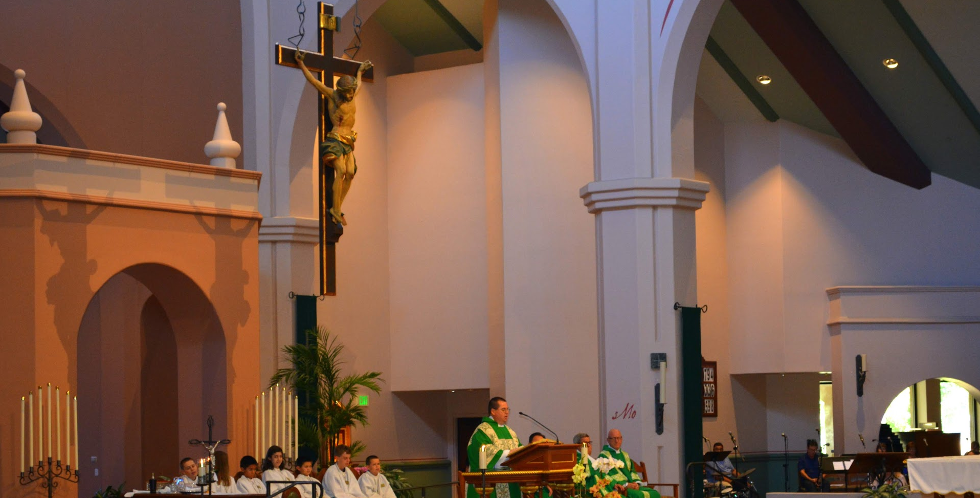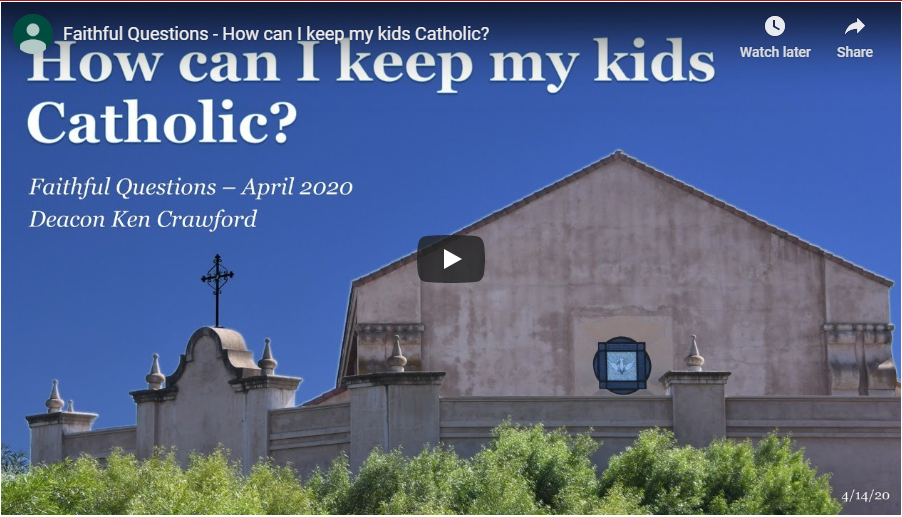Readings: http://usccb.org/bible/readings/051919.cfm
(FYI, what I said at Mass varied from the planned text a bit more than usual this week. I both deviated from the text and added some things on the fly (I put those in red). I’ll be writing a bit more about that in a separate post.)
In today’s Gospel Jesus says, “I give you a new commandment: love one another.“ This command to us today is both unremarkable and very challenging at the same time. We hear it over and over in the Gospels. Jesus gave us two commandments: Love God and love our neighbors. In the sermon on the mount he tells us to love our enemies. In our Gospel passage from 2 weeks ago, Jesus 3 times asks Peter if he loves Him. In all Jesus uses the word love 56 times in the Gospels. So in some sense, Christ’s command to us today is down right ordinary and mundane.
At the same
time, if we understand what is being asked of us, this is an immensely
important and challenging commandment. The
fact that Christ repeats it so many times and in so many different ways shows just
how important it is. Through repetition Jesus
demonstrates its importance: Love your
enemies, love your neighbor, love one another.
But why is it challenging? Isn’t love something we all have in our hearts? Well, both yes and no. But unfortunately to explain why I’m at a real disadvantage because we speak English. We only have one word for Love. In Spanish, there are 4. And when we go to the ancient languages of Latin and Greek, we see even more. The ancient Greeks had 6 words for love of others plus one for love of self. That’s SEVEN words for love, as compared to our one. And since Greek is the language today’s Gospel was written in, I’d like to spend time talking about their various words for love. The lowest form of love of others is Ludus. It’s a playful level of love, without much commitment. It is what you would see on your average middle-school playground.
The 2nd lowest form is Eros. This is where we get our word erotic. This is romantic love. Many of us think of this as the highest form of love, but it is most definitely not. The longing passion of Eros is unpredictable and unstable. Passionate Eros love is just a couple of mistakes away from passionate hate. I think we’ve all met a couple or two that one day were passionately in love and the next passionately hated each other. This is the instability of Eros. Additionally, Eros can too easily be confused with its evil twin, lust. And lust is not love. All forms of love are an act of giving to another person. Lust is an act of objectifying another person for the purpose of using them. Lust is an act of taking, not giving.
The next up the list is Pragma. Pragma is where we get the word pragmatic. It has a reciprocal nature to it. We give to each other, but it’s with the understanding that both parties are giving and thus potentially lacks a permanence of the higher forms of love. It’s a bit too contractual to be further up the list. Much divorce comes from the failure of Pragma. As long as the marriage is reciprocal, they’re fine, but it only takes one spouse not ‘doing their part’ for a short period for it to fall apart.
Above that
is Philia. This is where we get the
words Fraternity and Friendship. This is
often called brotherly love. Here, the
expectation of permanence is higher.
Whether biological or not, once you have declared someone your brother
or sister, your dedication to them is less shakable, even if your brother is
not treating you so well right now.
Now we’re
getting close to the top. The 2nd
highest form of love is (Store-jay) Storge.
This is best understood as the love a parent has for their
children. The expectation of reciprocation
that exists with the lower form of love is now significantly reduced. We give to our children with very little expectation
of getting anything in return. And this
is the key to the highest forms of love.
Because if
you think about it, just how giving is an act when you have expectations of a reciprocal
act of love? What is loving about an
investment? I give now, with the hope
that my investment will bear fruit in the future. Is that really love? Perhaps.
It all really depends on how high and how specific the expectation is
that it will be returned.
Which brings
us to Agape, the highest form of love.
Agape requires no family affiliation.
Agape has no expectation of a reciprocal love. Agape is the love that God has for us. It is the love that Christ had when he died
on the Cross for our sins. And if we
were to have read today’s Gospel in Greek, Agape is the love Christ commanded of
us today.
This is why today’s command is so challenging. We are called to this highest form love. It is just as passionate as romantic love, but it has the unwaveringness of a parents love for their children. It is completely without self-interest. We all know love is patient, kind and not jealous… that’s the easy part. What about not seeking its own interests? What about radical forgiveness? What about enduring ALL things? What about never failing no matter what is done to you?
This is Agape. And this is what we are called to. We are called to a radical level of self-giving that transcends any human interests or any sense of reciprocity. And this is my prayer for this morning. That we can all have our hearts elevated to embrace this highest form of love, the form of love that God has for us. Let us never again confuse the somewhat compromised forms of love like Eros or Pragma for the highest and most noble form of love, Agape. The love that comes from God. The love that we are called to give back to God and to everyone around us. It is the love that we are called to give to our spouse, our family, our friends, our neighbors and even our enemies. We are called to Agape love for everyone.

